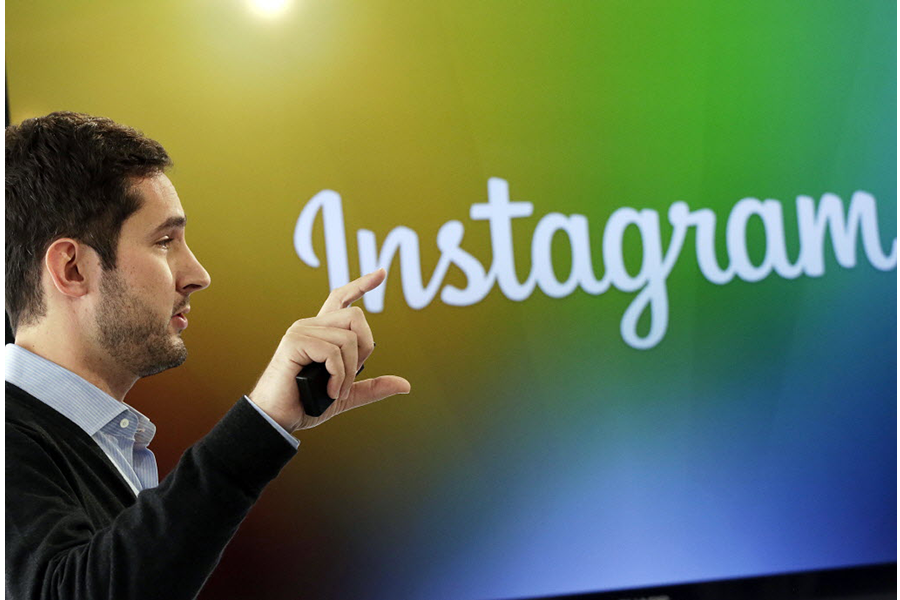Instagram hits 500 million active users, but not without controversy
Loading...
Instagram announced Tuesday that it has reached half a billion active users and its figures describe a global and enthusiastic group of amateur photographers.
Eighty percent of Instagram users live outside the US and 60 percent (about 300 million) log onto the picture-sharing app every day. By comparison, Instagram competitor Snapchat is estimated to have approximately 100 million users.
The video and photo sharing app has grown steadily since it was purchased by Facebook in 2012, and it has evolved along the way – although not without occasionally upsetting its users.
Many users expressed unhappiness in March when Instagram announced that posts would no longer be purely reverse-chronological, as they had always been in the past. An algorithm would reorder people's newsfeeds, prioritizing the content that would be of most interest to users, based on accounts they've searched for and images they've reacted to in the past.
Co-founder and chief executive of Instagram Kevin Systrom defended the reordering of newsfeeds in an interview with The New York Times, saying that people miss about 70 percent of the posts in their Instagram feed. "What this is about is making sure that the 30 percent you see is the best 30 percent possible."
With an average of 95 million photos and videos posted per day, Instagram says its concern is to bring the content to the people who care about it the most. But many users aren't convinced the update is in their interests.
Simone McCarthy previously reported for The Christian Science Monitor on the concerns the update raised, writing "the concept of the algorithm has drawn criticism from those who liken it to an echo-chamber in which you only see the things you have already stated interest in, or worse, where executives could skew content on a newsfeed to reinforce liberal or conservative viewpoints." The later accusation has plagued Instagram's parent company, Facebook, which began using an algorithm for its newsfeed in 2009.
Critics also asserted that the algorithm would increase the number of ads people viewed.
"I can say for a fact that's absolutely not what this is about," Mr. Systrom told the BBC. "Nothing about ads or how many ads we show is affected by what happens with the algorithm. This is all about making sure that you see the best stuff."
In a more recent departure from its 2010 origins, Instagram replaced its traditional camera icon with an abstract rainbow logo last month. The Instagram team redesigned the logo to be simpler, more iconic, and consistent with the flattened iOS look on Apple devices.
But logo changes are rarely popular, as Mr. Systrom acknowledged during his interview with BBC: "Before we launched it, I knew that it would be a tough time for Instagram."
As Instagram users took to Twitter to express their dislike of the new logo, Yahoo!Tech offered a guide on how to get back the old icon. But even if users are tweaking their app to resemble previous iterations of Instagram, they're still posting their photos.
"If it's one thing we do really well as a company, it's that we take big change slowly and deliberately and bring the community along with us," Systrom told The New York Times in March. "It's not like people will wake up tomorrow and have a different Instagram."








